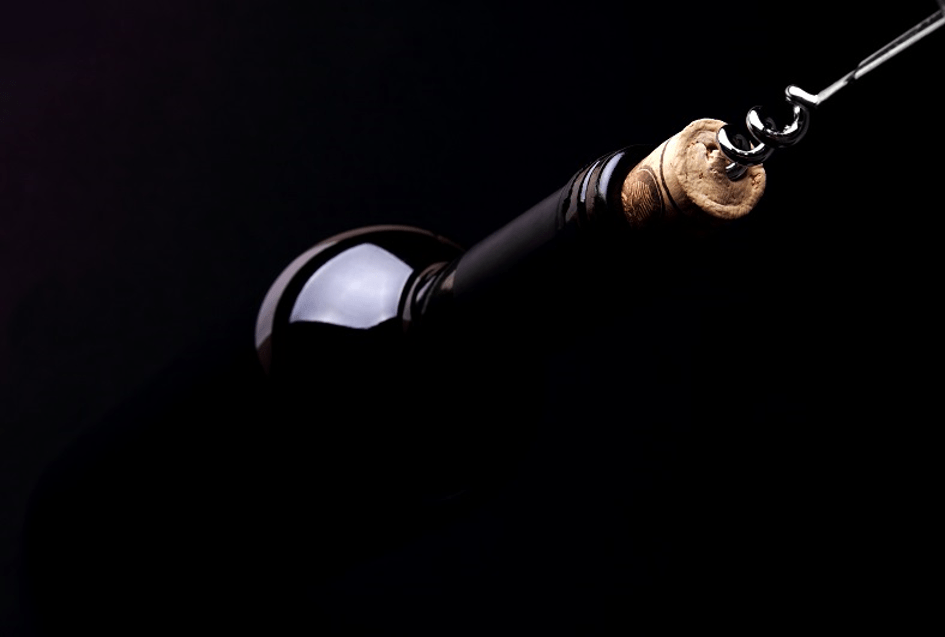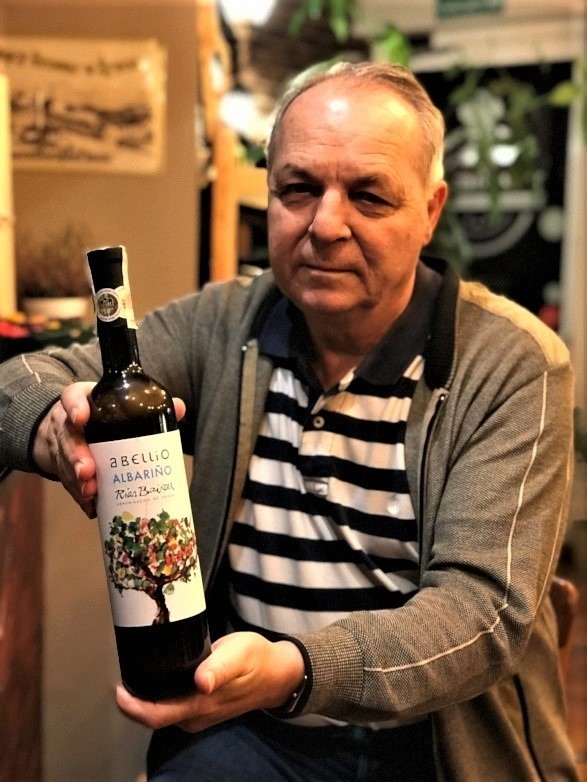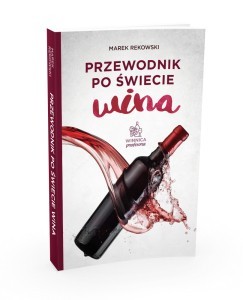Inside the difficult and delicate process of making ice wine
Every year at the Casa Larga Vineyards in the Finger Lakes district of New York, some grapes are intentionally left to freeze on the vine. When harvested, they will become the coveted delicacy called ice wine — a desert drink with origins dating back to 18th century Germany.
Although most of the world’s ice wine is made in Canada, vineyards in the U.S. are now getting picked as among the best, reports CBS News’ Don Dahler.
“It’s the most awarded product that we have. It’s unique. It draws us a lot of attention,” said Casa Larga’s Andrea Colaruotolo O’Neil. “The ice wine started as, actually, I was in the wine shop on the tasting bar and I had a lot of people requesting those products and I had said to my dad and my brother, ‘You know, we should go find some winery that makes this and bring it in. And they said, ‘Oh no, we’re gonna make our own.””
According to O’Neil, the ice wine grapes require a lot more manual labor than traditional wine.
“You have to press them the day you pick them, so it’s not a nine to five event. Some years, we’ve started at midnight. Some years, we’ve started at 4 a.m.,” she said.

Ice wine grapes are harvested at below freezing temperatures.
And it has to be cold enough – around 14 or 15 degrees – to harvest and then press the grapes.
“It’s really hard to keep the grapes healthy for that extra month or two, waiting for the freezing temperatures,” said Matt Cassavaugh, Casa Larga’s winemaker. “It is extremely sweet compared to the wines that most people are used to. When we pick the grapes, they have around twice the original sugar that regular grape juice has … When you press out the frozen grape, barely any juice comes out of it. So, for a ton of grapes, where I would normally get 150 gallons, I get more like 15 gallons out of a ton of ice wine grapes.”
Because of how little juice is squeezed from the grapes, ice wine usually starts at about $40 and goes up into the hundreds of dollars per bottle. But even with the higher price tag, it carries more financial risk than regular wine.
“Basically, for every bottle of ice wine we produce, we could’ve made four bottles of a traditional bottle of wine,” O’Neil said. “There’s definitely some profit in ice wine, but there is a lot of risk as well. But with it comes a lot of satisfaction.”
Poniżej link do artykułu oryginalnego. Zachęcam do obejrzenia zamieszczonego tam materiału wideo dot. wina lodowego.
Based on:
https://www.cbsnews.com/news/ice-wine-difficult-and-delicate-process/











Ten post ma 2 komentarzy
Pingback: Jak powstaje wino lodowe? – zapytaj winnicęprofesora | Winnica profesora
Pingback: Jak powstaje wino lodowe? – zapytaj winnicęprofesora - Winnica Profesora